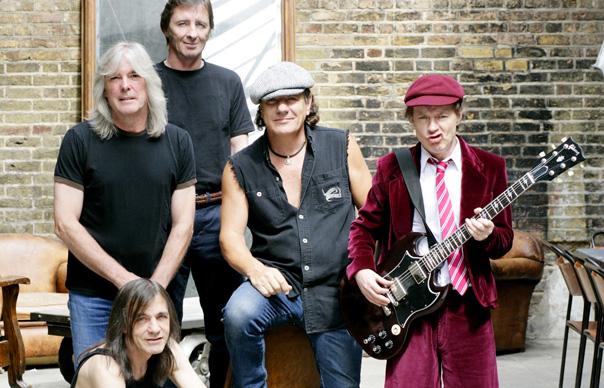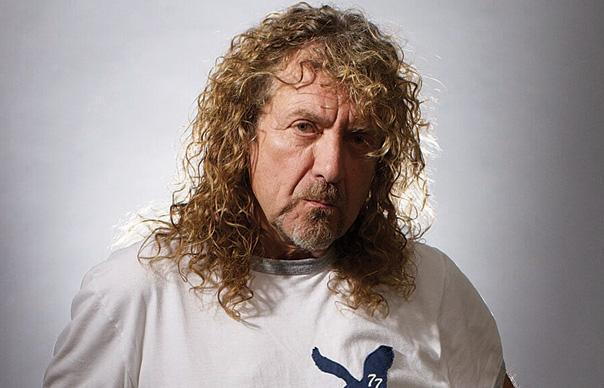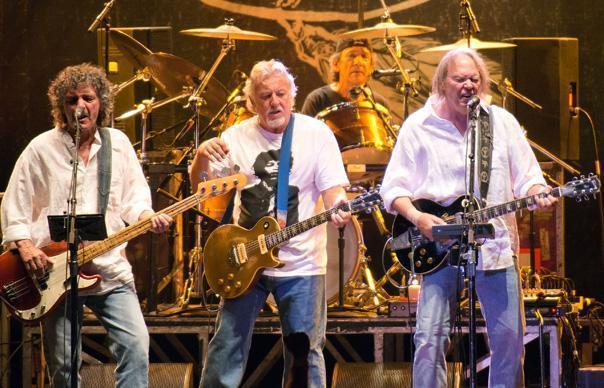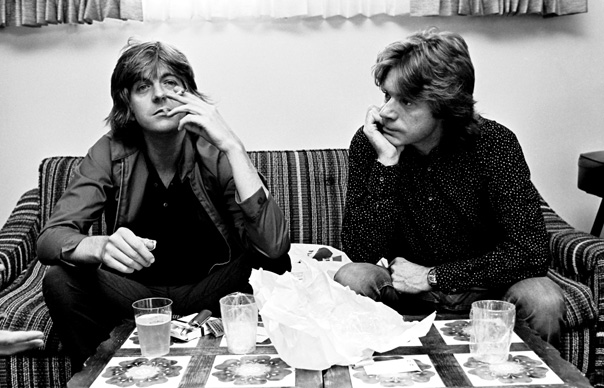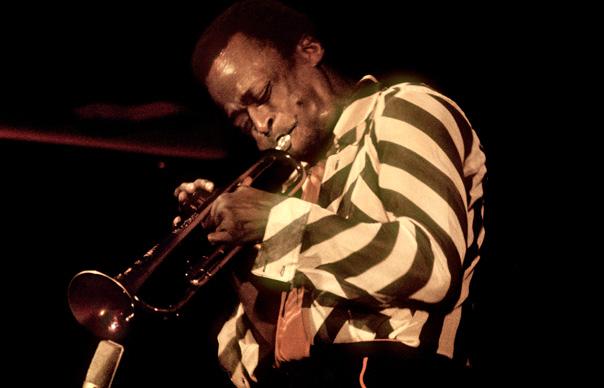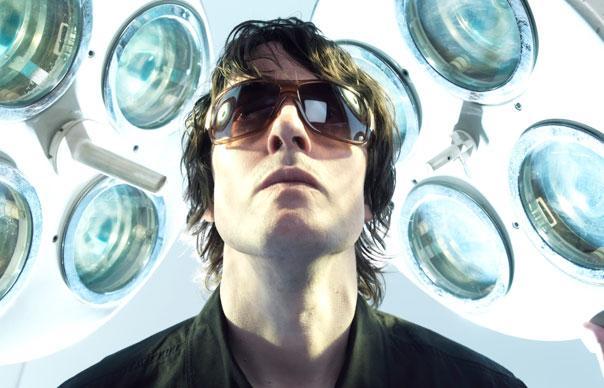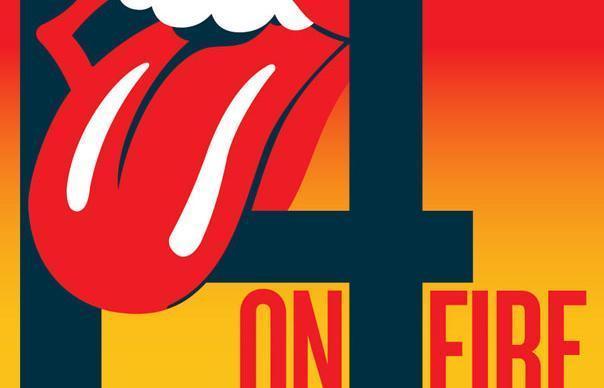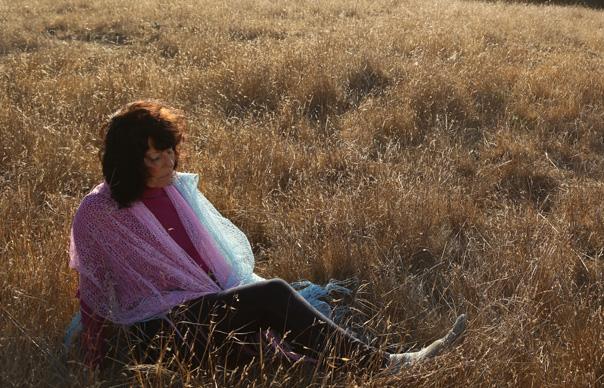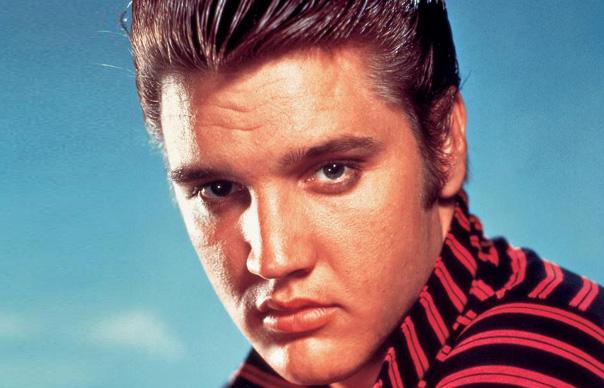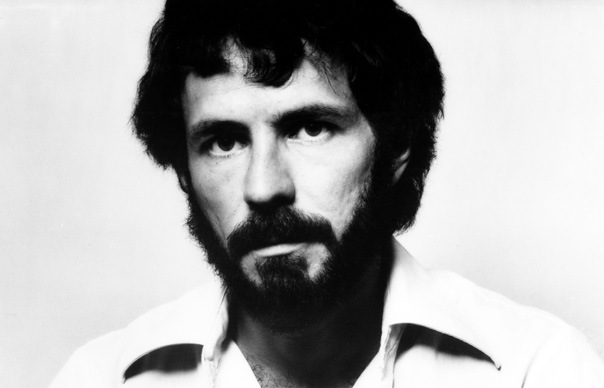One of the books I’ve enjoyed most in the past couple of years is “Pulphead”, a collection of John Jeremiah Sullivan’s longform, creative and not always entirely reliable journalism. The much-cited pieces on Michael Jackson and Axl Rose aren’t Sullivan’s best music work there, for me; he’s better, deeper and more revealing, I think, about Bunny Wailer and the blues. As I started reading Sullivan’s new piece, “The Ballad Of Geeshie And Elvie” in the New York Times this week, though, the essay I immediately thought of was a complex, mostly plausible one on a war between humans and animals that’s substantially better than its title, “Violence Of The Lambs”. “The Ballad Of Geeshie And Elvie” is about old blues music and the myths that accumulate around it. It’s about how we preserve and interrogate those myths, and about the obsessive, proud and difficult people who notionally try to crack them. And it has such a dynamic, gripping story to tell, with a thriller-like structure of startling revelations opening up after trails have apparently gone dead, that it feels, in the same way as “Violence Of The Lambs”, like a very artful brand of fiction. It isn’t, though. In the interest of avoiding spoilers, I should say no more if you haven’t read it already, but “The Ballad Of Geeshie And Elvie” is by some distance the best thing I’ve read in months; please take the time to enjoy it over Easter, and we can talk about it next week. One other reading recommendation (I’ll save plugging the forthcoming issue of my own actual magazine ‘til next week), since I’ve linked to it yet again this week: I visit no blog as often as Doom And Gloom From The Tomb, and as a considered and curated resource for much of the music I love, old and new, there’s nowhere better on the internet that I’ve found. Here, meanwhile: new tracks to hear from Grandma Sparrow, Fennesz, Four Tet and The Reigning Sound, plus a nuts 8-bit take on Slint and Dylan Howe’s beguiling jazz rethink of Berlin-era Bowie. Not a bad week really. Follow me on Twitter: www.twitter.com/JohnRMulvey 1 Grandma Sparrow - Grandma Sparrow & his Piddletractor Orchestra (Spacebomb) 2 Steve Gunn & Mike Cooper – FRKWYS VOL 11: Cantos De Lisboa (RVNG INTL) 3 Jessica Lea Mayfield – Make My Head Sing (ATO) 4 Lana Del Rey – West Coast (Interscope) http://www.youtube.com/watch?v=o3SqUUoJjW8 5 Martin & Eliza Carthy – The Moral Of The Elephant (Topic) 6 Dead Moon – In The Graveyard (Mladys) 7 Fennesz – Bécs (Editions Mego) 8 Dylan Howe – Subterranean: New Designs On Bowie's Berlin (Motorik) 9 [REDACTED] 10 The Pierces – Creation (Polydor) 11 Leon Russell – Life Journey (Universal) 12 8-Bit Version Of Slint’s “Good Morning Captain” http://www.youtube.com/watch?v=BVgWDpmN9TI 13 Four Tet – Percussions/Blatant Water Cannon (Text) 14 The Reigning Sound – Falling Rain (Merge) 15 Geeshie Wiley – Last Kind Words Blues (New York Times) 16 Nelly – Country Grammar (Motown) http://www.youtube.com/watch?v=Y5qKNlcUwKs 17 The Secret Sisters – Put Your Needle Down (Decca) 18 The Felice Brothers – Favorite Waitress (Dualtone) 19 Alexis Taylor – Await Barbarians (Domino) 20 Julie Byrne – Rooms With Walls And Windows (Orindal) 21 Various Artists – DJ Kicks: Brandt Brauer Frick (!K7) 22 Cian Nugent & The Cosmos – The Houses Of Parliament (Doom And Gloom From The Tomb) 23 Hurray For The Riff Raff – Small Town Heroes (ATO)
One of the books I’ve enjoyed most in the past couple of years is “Pulphead”, a collection of John Jeremiah Sullivan’s longform, creative and not always entirely reliable journalism.
The much-cited pieces on Michael Jackson and Axl Rose aren’t Sullivan’s best music work there, for me; he’s better, deeper and more revealing, I think, about Bunny Wailer and the blues. As I started reading Sullivan’s new piece, “The Ballad Of Geeshie And Elvie” in the New York Times this week, though, the essay I immediately thought of was a complex, mostly plausible one on a war between humans and animals that’s substantially better than its title, “Violence Of The Lambs”. “The Ballad Of Geeshie And Elvie” is about old blues music and the myths that accumulate around it. It’s about how we preserve and interrogate those myths, and about the obsessive, proud and difficult people who notionally try to crack them. And it has such a dynamic, gripping story to tell, with a thriller-like structure of startling revelations opening up after trails have apparently gone dead, that it feels, in the same way as “Violence Of The Lambs”, like a very artful brand of fiction.
It isn’t, though. In the interest of avoiding spoilers, I should say no more if you haven’t read it already, but “The Ballad Of Geeshie And Elvie” is by some distance the best thing I’ve read in months; please take the time to enjoy it over Easter, and we can talk about it next week.
One other reading recommendation (I’ll save plugging the forthcoming issue of my own actual magazine ‘til next week), since I’ve linked to it yet again this week: I visit no blog as often as Doom And Gloom From The Tomb, and as a considered and curated resource for much of the music I love, old and new, there’s nowhere better on the internet that I’ve found.
Here, meanwhile: new tracks to hear from Grandma Sparrow, Fennesz, Four Tet and The Reigning Sound, plus a nuts 8-bit take on Slint and Dylan Howe’s beguiling jazz rethink of Berlin-era Bowie. Not a bad week really.
Follow me on Twitter: www.twitter.com/JohnRMulvey
1 Grandma Sparrow – Grandma Sparrow & his Piddletractor Orchestra (Spacebomb)
2 Steve Gunn & Mike Cooper – FRKWYS VOL 11: Cantos De Lisboa (RVNG INTL)
3 Jessica Lea Mayfield – Make My Head Sing (ATO)
4 Lana Del Rey – West Coast (Interscope)
5 Martin & Eliza Carthy – The Moral Of The Elephant (Topic)
6 Dead Moon – In The Graveyard (Mladys)
7 Fennesz – Bécs (Editions Mego)
8 Dylan Howe – Subterranean: New Designs On Bowie’s Berlin (Motorik)
9 [REDACTED]
10 The Pierces – Creation (Polydor)
11 Leon Russell – Life Journey (Universal)
12 8-Bit Version Of Slint’s “Good Morning Captain”
http://www.youtube.com/watch?v=BVgWDpmN9TI
13 Four Tet – Percussions/Blatant Water Cannon (Text)
14 The Reigning Sound – Falling Rain (Merge)
15 Geeshie Wiley – Last Kind Words Blues (New York Times)
16 Nelly – Country Grammar (Motown)
17 The Secret Sisters – Put Your Needle Down (Decca)
18 The Felice Brothers – Favorite Waitress (Dualtone)
19 Alexis Taylor – Await Barbarians (Domino)
20 Julie Byrne – Rooms With Walls And Windows (Orindal)
21 Various Artists – DJ Kicks: Brandt Brauer Frick (!K7)
22 Cian Nugent & The Cosmos – The Houses Of Parliament (Doom And Gloom From The Tomb)
23 Hurray For The Riff Raff – Small Town Heroes (ATO)



